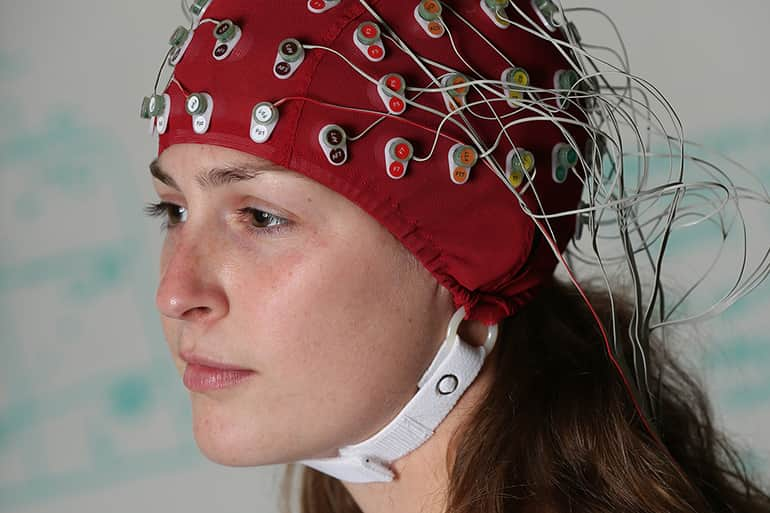Typically, the academic discipline of communication conjures up images of students preparing for careers in journalism, advertising, public relations, radio, television, film and cutting-edge areas in media and information, such as virtual reality.
At ComArtSci, we are committed to training students for careers in these professions through the wealth of experience that our faculty bring to the classroom.
At the same time, the quality of education and reputation of our college rests on the research of our faculty, who pursue research on a range of topics at different levels of analysis, which lends credence to the claim, “from neurons to nations, we study communications.”
In the last few weeks, three major research projects by our faculty reinforce the neurons to nations theme.
In a publication in the Proceedings of the National Academy of Sciences, a highly prestigious journal, Ralf Schmäelzle and his research team used fMRI to examine activation patterns in the brain to study social isolation and its relationship to social networks on Facebook.
By relying on activations in collections of neurons, they reported that those with sparse Facebook networks respond to social isolation differently than those with richer Facebook networks. That’s pretty cool science.
In another study, conducted in seven countries, with over 14,000 respondents, Bill Dutton and his team examined the role of computer search algorithms on the diversity of political information.
In this cross-national study, they tested the conventional wisdom about fake news, filter bubbles and echo chambers, topics that have come to dominate our discussions about politics in the United States and around the world.
Though between-country differences were evident, they found that the alarm over fake news and filter bubbles is overblown. Their findings indicate that netizens are smart and active consumers of information and can tell the difference between fact and fiction.
Another notable research accomplishment is Kami Silk’s grant, that focuses on human interactions. This line of research falls between neurons and nations and can be categorized as individual-level analysis.
Through a grant from the National Institute of Health, Kami and her team will develop continuing education modules to train pediatricians to engage in discussions with adolescents about breast cancer risk.
These three research projects offer a glimpse of ComArtSci’s research agenda that spans from neurons to nations. Communication is a rich phenomenon that touches all aspects of life. To fully appreciate its nuances and effects, faculty in our college engage different theories, methods and research tools at different levels of analysis.
Hence, neurons to nations is not just a slogan. It is an apt description of how we do communication science in ComArtSci.
